geogrid installation
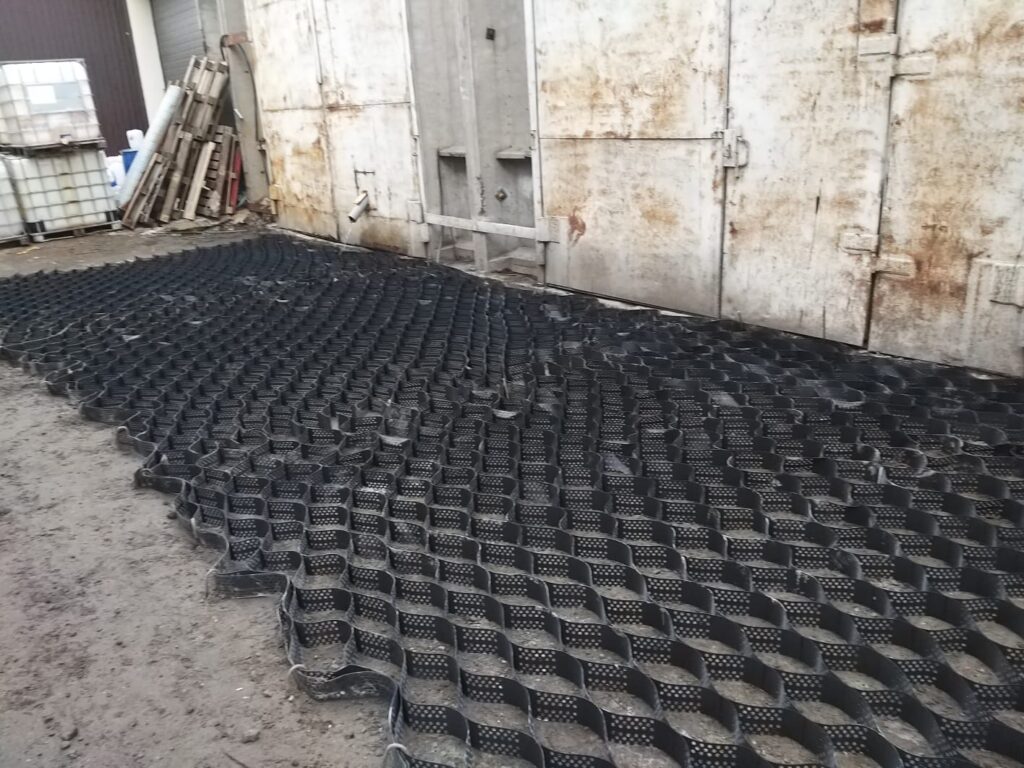

Our company offers a full range of services for soil stabilization and ground foundation construction. These technologies allow us to create strong and durable foundations for sites, parking lots, driveways, access roads, and highways. We employ a comprehensive approach to ensure reliable results, even on challenging sites.
Our primary technique involves soil stabilization, which includes preparation, reinforcement, and leveling of the foundation, taking into account the unique characteristics of each site. It achieves excellent results on clay soils, waterlogged areas with high groundwater levels, and marshlands. To improve hydrological conditions, we design and install drainage systems.
Various methods have been developed to stabilize weak and shifting soils. Some of these methods include mechanical granulation stabilization, cement stabilization, lime stabilization, bitumen stabilization, chemical stabilization, thermal stabilization, electrical stabilization, and geotextile and geogrid stabilization.
The cost, price of work to stabilize the soil base, for example, when filling a road, is formed from the cost of materials and the price of work:

geogrid installation
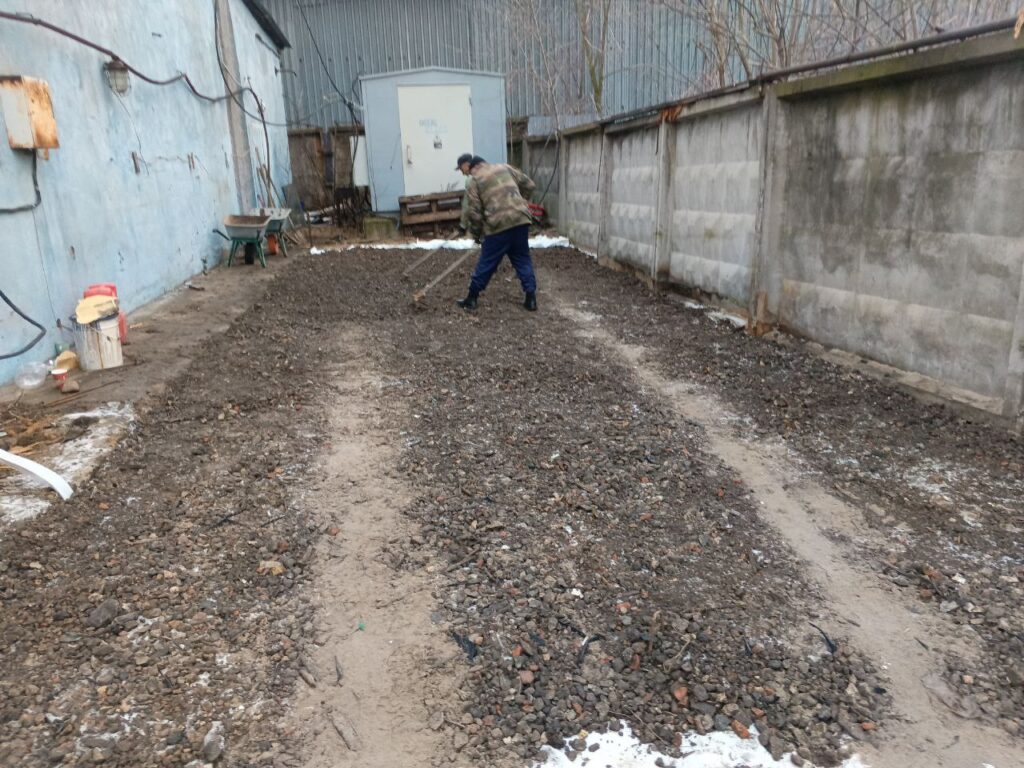
final leveling of the parking lot
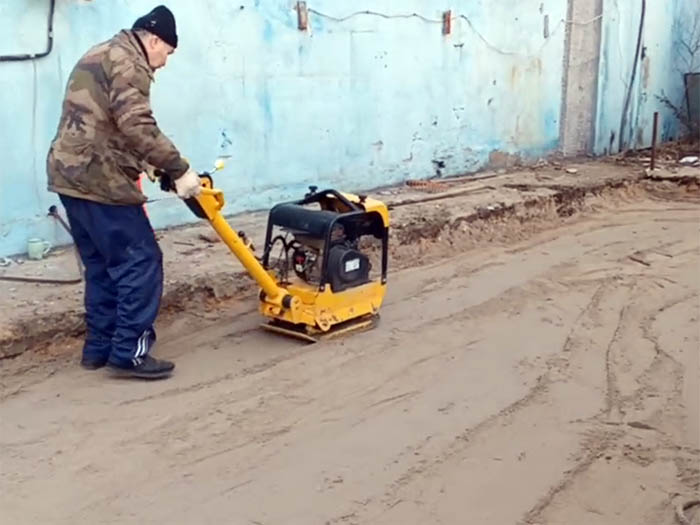
compacting layers of backfill soil
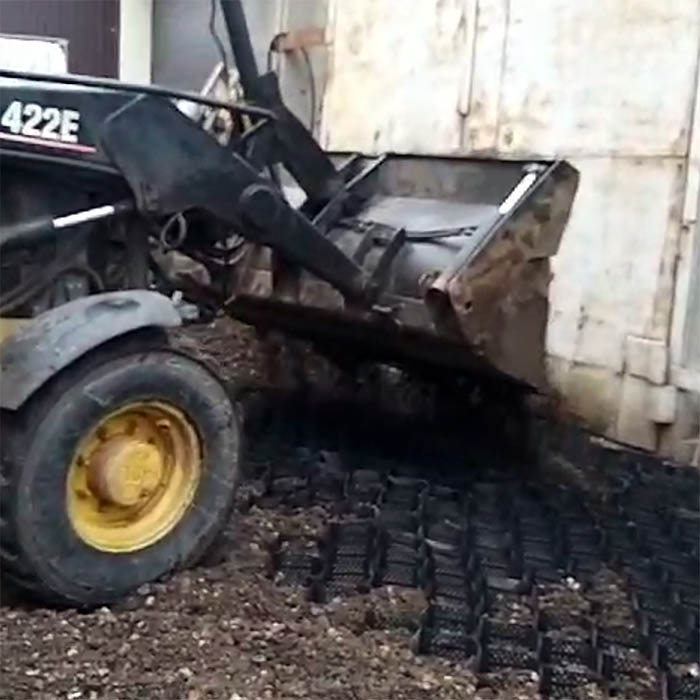
filling the geogrid with a mixture of gravel and sand
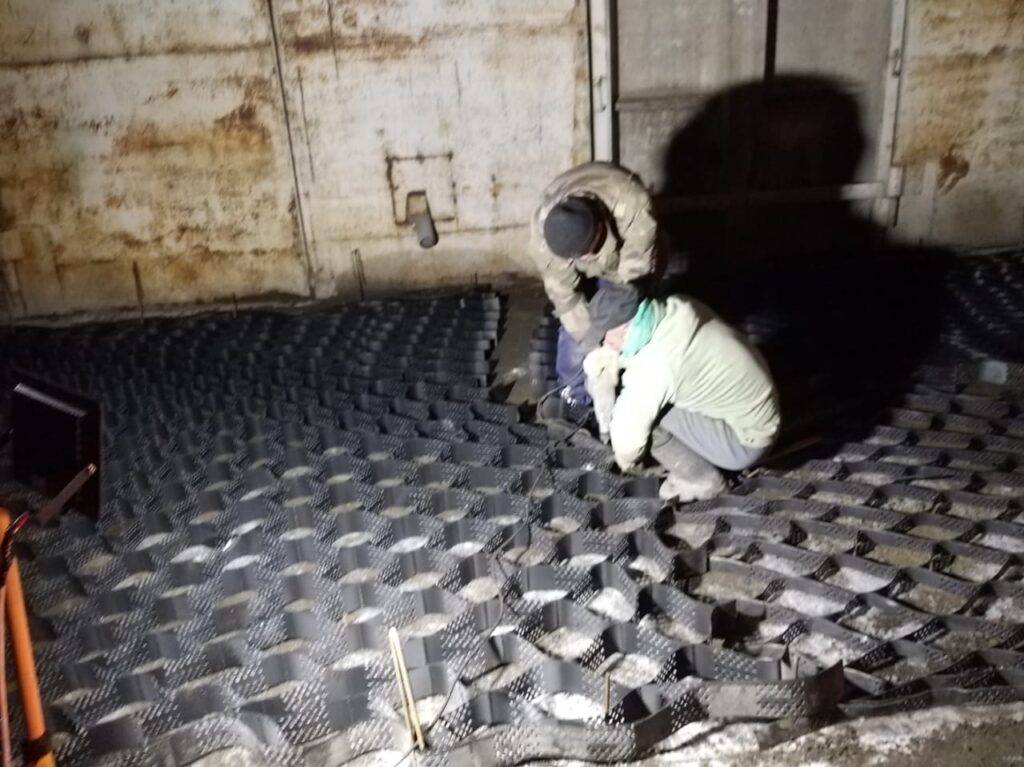
installation and fastening of geogrid with anchors
Soils with Organic Matter
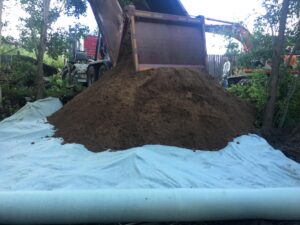
These include peat, silt, and vegetative soils, which are loose and heterogeneous in composition at different depths. Similar to the top layer of fertile soil, such soils are unsuitable as foundations due to their significant and uneven compressibility. They are removed using machinery to a design depth, reaching mineralized layers.
Coarse-Fragment Soils
These consist of rock debris, primarily with particle sizes over 2 mm, such as pebbles, gravel, and crushed stone. They can serve as excellent foundations for construction.
Sandy Soils
Sandy soils are composed of quartz and other mineral particles approximately 0.1–0.5 mm in size. The larger and cleaner the sand, the greater load it can withstand. The properties of sandy soils can change significantly when waterlogged, resulting in a quicksand-like state.
Rocky Soils
These include quartzites, sandstones, and granites, typically forming continuous masses. They are water-resistant, non-compressible, and provide reliable and strong foundations for buildings.
Loam and Sandy Loam
These are mixtures of clay, sand, and silt particles. Loams contain 10–30% clay particles, while sandy loams have 3–10%. Their properties place them between sandy and clay soils. These are the most common soils in the central regions of Russia.
Clay Soils
Clay is plastic and can be rolled into a ball; when pressed, its edges remain smooth. A clay strand maintains its integrity when bent into a ring. The bearing capacity of clay depends significantly on its moisture content:
Quicksands
Quicksands are water-saturated variants of sandy loams and other fine-grained soils. They are characterized by mobility and can flow like a liquid. Quicksands are nearly unsuitable as foundations, though their properties can be modified using specific methods.
Fill Soils
These are formed from backfilled landfills and pits. Building on such artificial soils without proper reinforcement is hazardous.
The methods we use to stabilize soils make it possible to more than double the bearing capacity of soils. In any case, after our work we guarantee the design strength of the foundations for roads, platforms and parking lots, as well as for single-story pre-fabricated hangars and buildings.
The first stage of soil foundation stabilization is removing the topsoil. Test pits are dug to determine the soil structure and check for existing utilities.
In areas with high groundwater levels or marshy terrain, effective drainage is essential for stabilizing the ground foundation.
Drainage prevents water accumulation, erosion, and deformation of the foundation. Common drainage methods include:
After site preparation, we proceed with layered construction of the foundation:
Grading involves filling voids between larger aggregate particles with finer materials to create a dense, stable soil structure.
Modern geomaterials like nonwoven textiles and geogrids significantly enhance the durability and stability of soil foundations for roads, parking lots, and sites:
For road construction on clay foundations, a specialized stabilization technique with lime is used:
Modern soil stabilization technologies are widely used in construction:
We provide a complete cycle of works, from site preparation to the construction of reliable soil foundations. Contact us for high-quality and durable solutions!